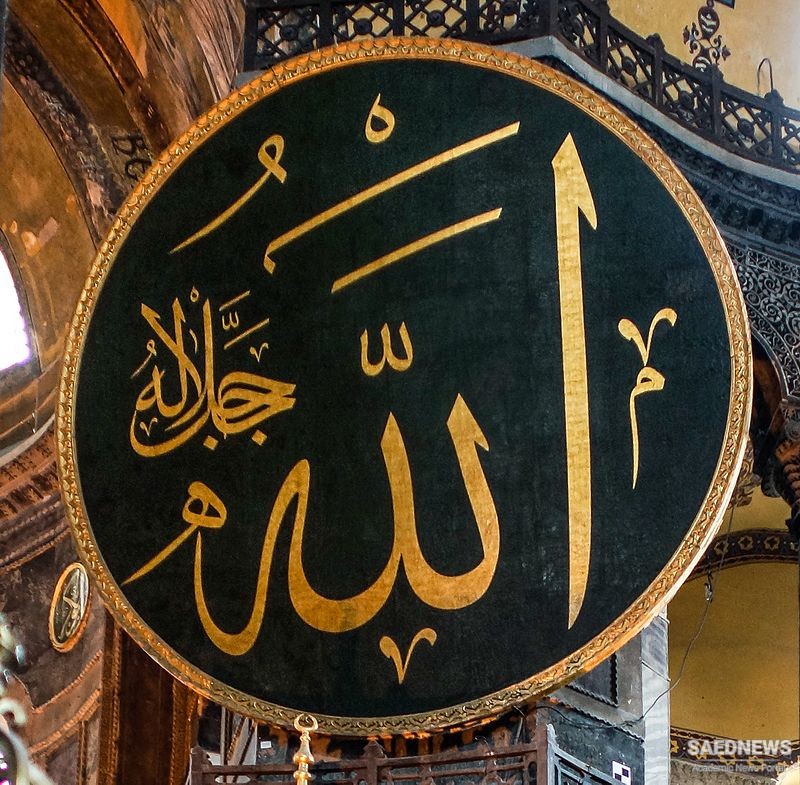The only difference was that in the case of the latter, the privilege of intercession was also extended to the imams (with the understanding that no Shia will remain in hell forever). With Sufism, however, it is difficult to make similar generalizations. Early in its development, Sufism, properly mysticism, came to assume a certain “orthodoxy” from the point of view of traditionalist Islam. The principal figures associated with its development, the likes of al-Hasan al-Basri (d. 728), al-Harith al-Muhasib (d. 857), and al-Junayd b. Muh: ammad (d. 910) were all considered pious Muslims by the mainstream tradition. Classical Sufism to a large extent culminated in the works and writings of al-Ghazali (d. 1111) himself, a bastion of traditionalist Islam.
And yet Sufism would later incorporate Neoplatonic and Gnostic elements, as evidenced in the works of the great Andalusian mystic Ibn al-Arabi (1165–1240), elements that could not be accepted by the mainstream tradition. Sufism shared with other mainstream Muslim practice an insistence on the proper observation of the law (shariah). Indeed, it emphasized that the practice of Islam’s rituals should be carried out with discipline and devotion: constant remembrance of God (dhikr), a quintessential Sufi practice, and the awareness of impending death and resurrection was the only way to prepare oneself for the next world.
One significant development in the classical period, in part due to the influence of Neoplatonic thought as expounded principally by Avicenna (d. 1037), but already suggested at an earlier stage by some of the rationalist theologians, the Mutazilah—as well as by their more orthodox counterparts, the Asharis, was the question of whether the Quranic descriptions of the joys of paradise and the pains of hell should be understood literally or symbolically.
The rationalists, while acknowledging the explicit scriptural references to carnal pleasures and pains, preferred to understand these as metaphors for spiritual delights and torments. The spiritual aspect became key, not just for rationalist theologians but also for philosophers and certain mystics. If, indeed, the afterlife was to be a spiritual existence of the immortal soul, then humans, through their souls, could “taste” of these joys in this world.
It is in this sense that, for many mystics, elements of the eschaton and the afterlife were internalized as constituting potential experiences of the soul in the here and now. In a similar departure from the traditionalist conception of the afterlife, the philosophers saw death—and not the resurrection—as the beginning of the next life: at the point of death the soul will be freed from its bodily incarceration and able to enjoy the superior delights of the intellect. A preference for metaphorical interpretations would reemerge in twentieth-century reformist writings, such as those of Muhammad Abduh (1849–1905) and Muhammad Rashid Rida (d. 1935).


 Afterlife in Rabbinic Judaism
Afterlife in Rabbinic Judaism














































